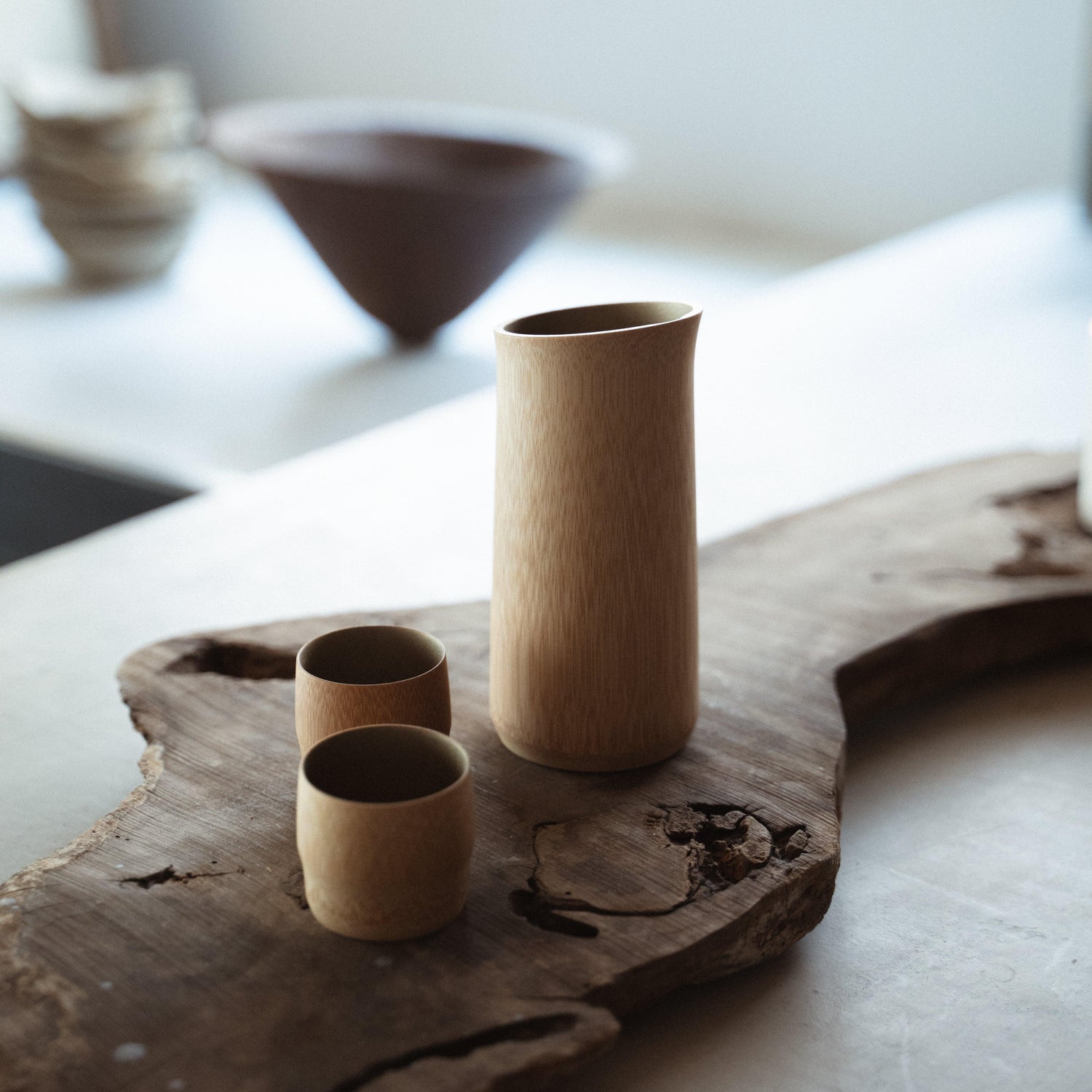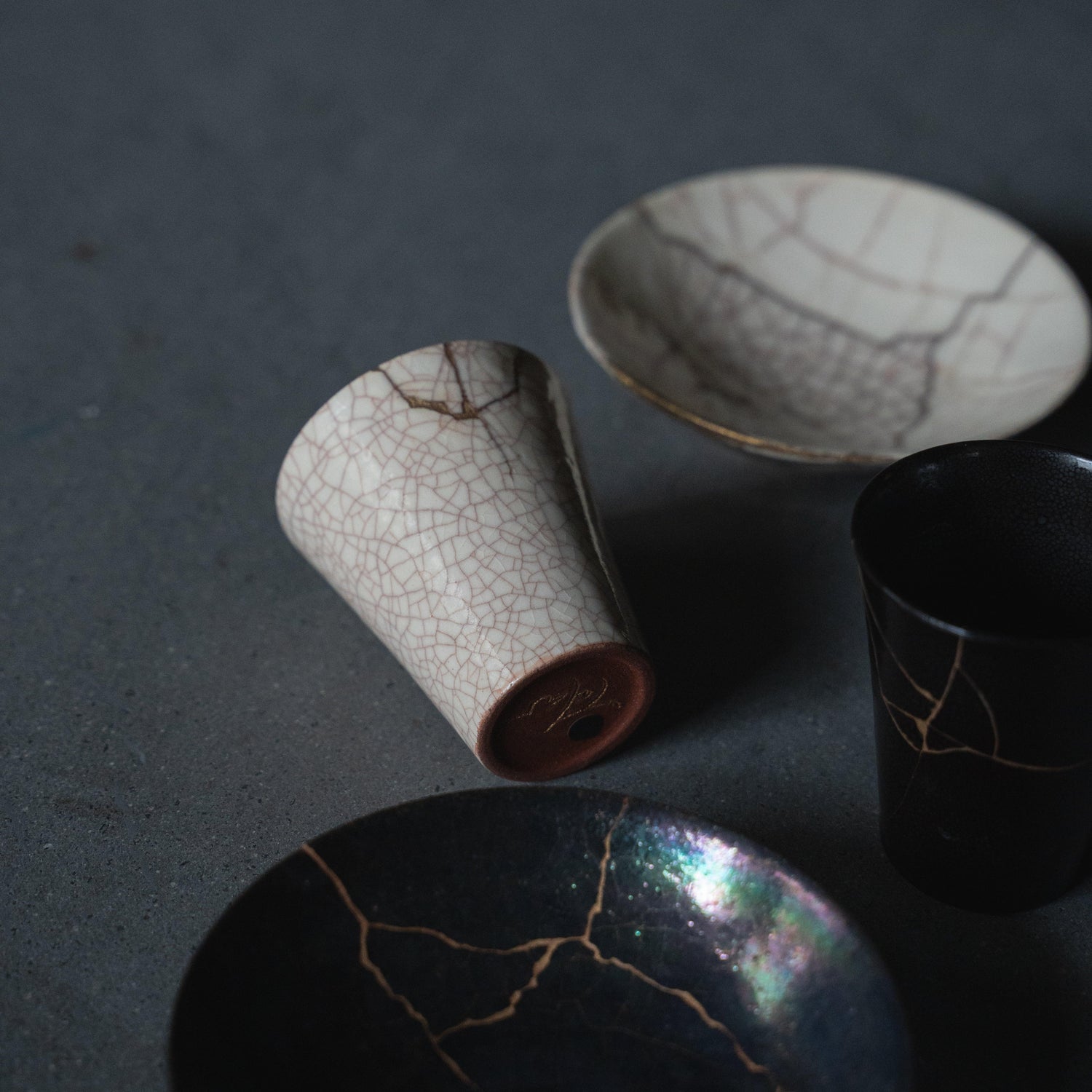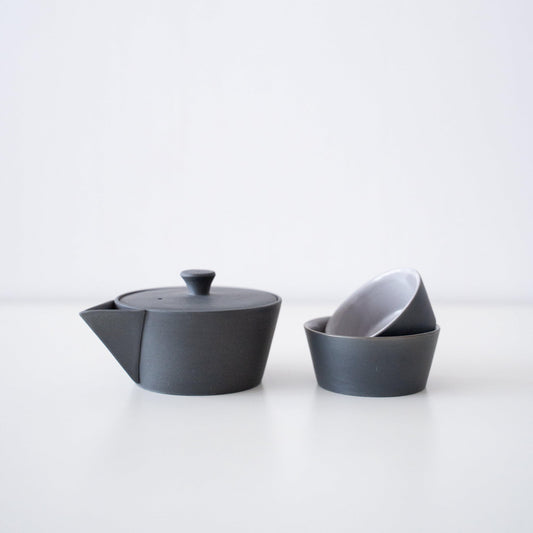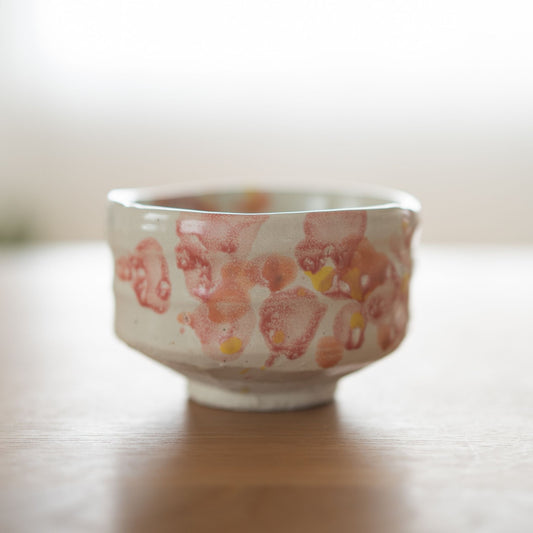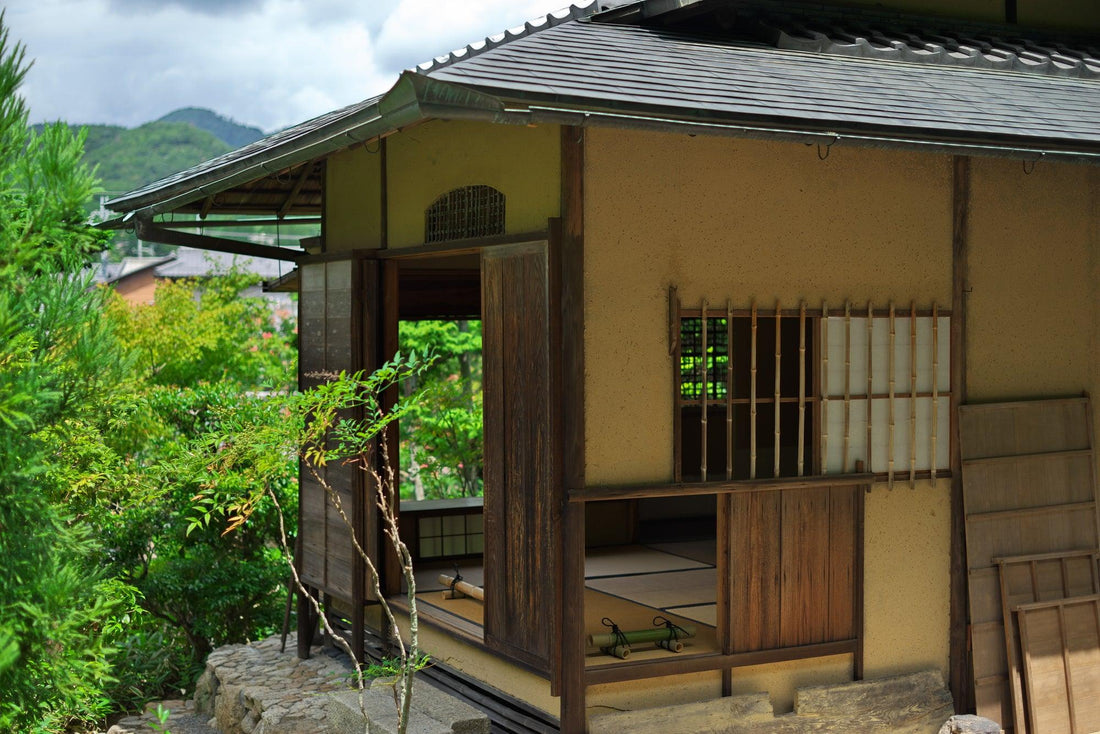
Japanese Tea House (Chashitsu): History, Design & Significance
Share
The tea house, or "Chashitsu," is a unique space that embodies Japanese aesthetics and spirituality. By exploring its history, architecture, and relationship with the tea ceremony, we can gain a deeper understanding of Japanese culture. This article will introduce the history of Chashitsu, its architectural components, and some renowned examples.
Table of contents
What is a Chashitsu? Understanding Japanese Tea Houses

“Chashitsu” is a special space designed for the Japanese tea ceremony, known as "Cha-no-yu" or "Sado." It embodies spiritual principles like "ichi-go ichi-e" (one time, one meeting), which emphasizes cherishing each encounter as a once-in-a-lifetime opportunity, and "Wabi-Sabi", which finds beauty in imperfection. The Chashitsu expresses values such as "the teahouse is a sacred place where everyone is equal" and "the host's respect for the guests" within its spatial design. Understanding the Chashitsu, therefore, leads to an understanding of traditional Japanese spirituality and aesthetics.
Its origins can be traced back to the mid-Muromachi period, starting with "chaya" (tea houses) enjoyed by a wide range of people, from commoners to court nobles. Chaya varied in style, from simple tea houses for commoners to elegant black-wood tea houses and even the unique bamboo tea house at Ishiyama Hongan-ji Temple. The development of Chashitsu transitioned from the opulent "Shoin no cha" style influenced by Chinese culture to "Souan no cha," advocated by Sen no Rikyu, which was rooted in a uniquely Japanese aesthetic. The establishment of "Wabi cha," which pursues simple and unadorned beauty, is considered a crucial turning point.
The History of Japanese Tea House and the Japanese Tea Ceremony

The Chashitsu is not merely a building but a space with deep-rooted spirituality and history within Japanese culture. Its origins date back to the late Muromachi period when the tea ceremony became popular and Chashitsu began to be built.
Sen no Rikyu, in particular, designed numerous Chashitsu based on the spirit of "Wabi cha," which pursues simple and unadorned beauty. The National Treasure "Tai-an" is one of the best examples of Rikyu's ideal teahouse. Other tea masters, such as Oda Urakusai with his "Joan" and Kobori Enshu with his "Mitsuan," also created teahouses based on their own philosophies, enriching Japanese tea culture.
While undergoing changes and developments over time, Chashitsu has always been centered on the uniquely Japanese aesthetic of "Wabi-Sabi," finding beauty in imperfection. Aiming to discover profound beauty in natural materials and simple construction, this philosophy has significantly influenced residential architecture, leaving its mark on traditional Japanese houses.
Exploring the Architecture of a Japanese Teahouse

Chashitsu is not just a building; it symbolizes Japanese aesthetics and the spirit of hospitality, harmonizing with nature and seeking peace of mind. Each component carries a deep meaning.
Roji (Garden Path)
The roji, a garden leading to the Chashitsu, provides a gradual transition from the outside world to the extraordinary space of the teahouse. Walking on the stone pavement, calming the mind at the tsukubai (water basin) for cleansing hands and mouth, and appreciating the natural scenery, visitors are freed from the hustle and bustle of daily life and invited into the world of tea.
Nijiriguchi (Crawling-in Entrance)
The Nijiriguchi is a small entrance to the Chashitsu, about 60-70cm square. By passing through this small entrance, people humble themselves and enter the teahouse with a modest attitude. It also symbolizes that the teahouse is a space where everyone, regardless of social status, can enjoy tea equally.
Ro and Furo (Hearths)
Chashitsu use ro (sunken hearth) in winter and furo (portable brazier) in summer to maintain a comfortable temperature. This reflects the host's consideration for providing a comfortable space for guests.
Tokonoma (Alcove)
The tokonoma is an alcove where a hanging scroll and flowers are displayed. It is decorated in various ways according to the theme of the tea gathering and the season. The tokonoma decoration is an essential element indicating the nature of the tea gathering.
Ceiling
The ceiling of a Chashitsu differs between Shoin style and Souan style. In Shoin Chashitsu, the entire ceiling is built at a uniform height, while in Souan Chashitsu, the ceiling above the guest area is higher. This reflects the Japanese cultural practice of placing guests in a higher position, showing respect for them.
Mizuya (Preparation Area)
The Mizuya is a space adjacent to the Chashitsu for washing tea utensils and preparing tea. To avoid compromising the aesthetics of the Chashitsu, the Mizuya is concealed from view, and tea ceremony preparations are carried out there.
The combination of these elements allows the Chashitsu to function as a space that harmonizes with nature and provides peace of mind. When visiting a Chashitsu, pay attention to these elements and explore its profound world.
Famous Japanese Teahouses: From Historical to Modern Masterpieces

Historical Chashitsu reflect the thoughts and aesthetics of the people who lived in those times. For instance, the aforementioned Tai-an in Kyoto, which legend says Sen no Rikyu built in just a few days, is considered the origin of sukiya-style architecture. Its simple and unadorned structure embodies the spirit of Wabi cha and continues to fascinate many people today. The Inuyama National Treasure teahouse Joan, built by Oda Urakusai, is a precious cultural asset that tells a turbulent history.
In modern times, more architects are designing teahouses with experimental approaches while respecting tradition. Kengo Kuma's teahouse in Vancouver, Terunobu Fujimori's "Takasugian," and Tokujin Yoshioka's "Kōtei" are examples of attempts to reinterpret tradition and history with contemporary design through the use of modern materials and the exploration of fantastical settings.
The Chashitsu demonstrates how the tea ceremony influences everything from Japanese architecture, garden design, painting, and calligraphy to ceramics, lacquerware, flower arrangement, and food preparation. The simple act of sharing a bowl of tea in an atmosphere of silence and contemplation can be seen as a symbol of Japanese spirituality and aesthetics expressed through the Chashitsu.


